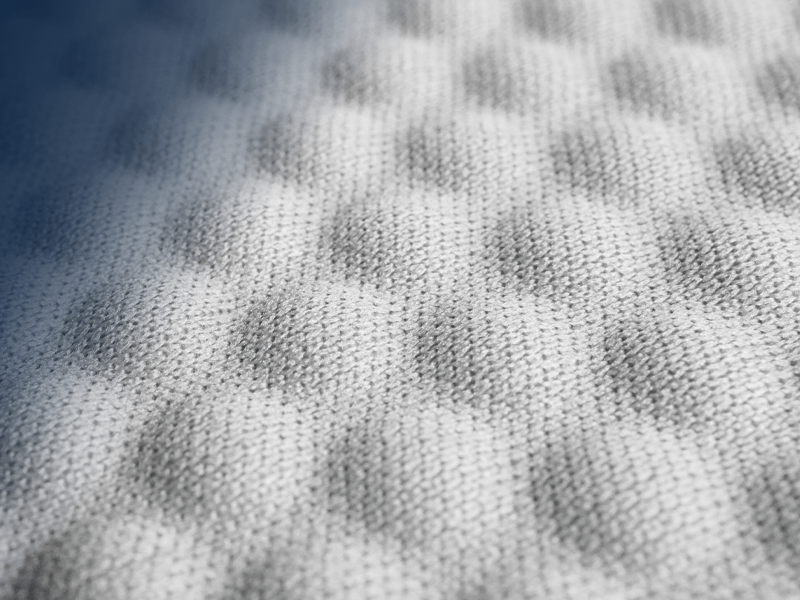Specialty wetlaid nonwovens to benefit from green transportation and energy storage boom, as demand for more powerful, higher capacity batteries and fuel cells opens a lucrative new market for industrial nonwovens.
Exclusive new research from Smithers, available to purchase now in the market report
The Future of Nonwoven Battery Separators to 2030, charts this opportunity and how a market projected to be worth $1.7 billion in 2025 will increase to $3.9 billion in 2030. This will see the volume of nonwovens employed in battery separators almost double across the same period from 8.0 billion to 16.0 billion square metres – equivalent to a compound annual growth rate (CAGR) of 14.7%.
This is driven by the demand for superior materials to support the transition to a green economy and adoption of more complex, higher performance batteries. While lower-cost nonwovens will continue to find applications in conventional lead acid, nickel-cadmium, and nickel-metal hydride batteries – the greatest opportunity is in a new generation of lithium-ion chemistry cells.
Here the largest addressable opportunity for nonwovens in battery construction are in automotive batteries, specifically those that power electric and hybrid vehicles. High petrol prices, government subsidies and technical improvements are all driving sales of electric vehicles. In response, across the Smithers forecast period, volume demand for nonwoven lithium-ion cells will increase by a factor of more than five.
Alongside organic growth into consumer electronics, the other main expansion will be in separators for more advanced energy storage systems. This reflects the evolving nature of power grid infrastructure, including the requirement to integrate and store electricity from distributed solar and wind generation sites, providing more effective backup power resources, and enabling smarter peak shaving and load shifting.
The main beneficiaries of this trend will be wetlaid nonwovens. Accounting for 75.2% of the contemporary market by value, the arrival of more specialty, high-performance wetlaid materials for lithium-ion batteries will see these increase their market share to 85.5% in 2030. There will be a corresponding drop in sales for spunlaid and drylaid variants, which are confined largely to less complex cell chemistries.
This impetus will also challenge industry, in particular building capacity for polyamide and short cut (<12mm) polyamide fibres, microfibre polyester, and fibrillated lyocell materials; and ensuring supply into key end-use regions, especially in East Asia. This will affect costs and pricing as, for example, short cutting fibres raises production costs by 20–40%.
